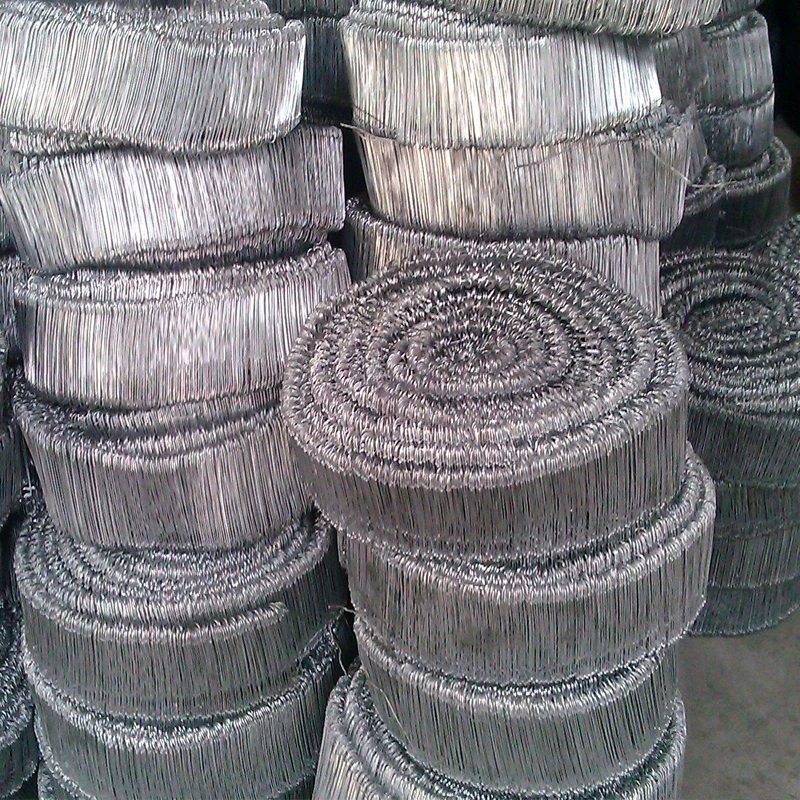Understanding and Utilizing Modelling Wire Mesh in Various Applications
Modeling wire mesh is a versatile material extensively used in various industries due to its strength, flexibility, and ease of manipulation. This article explores the characteristics, applications, and advantages of modeling wire mesh, highlighting its significance in recent developments.
What is Modeling Wire Mesh?
Modeling wire mesh refers to a grid-like structure made from thin strands of metal or plastic, woven or welded together to create a network of openings. The size of the openings, the gauge of the wire, and the material used can vary significantly depending on the intended application. Common materials include stainless steel, galvanized steel, aluminum, and plastic composites, each providing different benefits in terms of durability, corrosion resistance, and weight.
Applications of Modeling Wire Mesh
The applications of modeling wire mesh are vast and varied
1. Architectural and Interior Design Wire mesh is used in modern architecture for facades, partitions, and railings. Its aesthetic appeal combined with functionality allows for light filtration while maintaining visibility and security. Interior designers use wire mesh to create innovative furniture designs and decorative elements that enhance the spatial experience.
2. Industrial Uses In industrial settings, wire mesh serves multiple purposes, including safety barriers and filtration media. It is commonly employed in factories to protect workers from hazardous areas and to separate different operational zones. Additionally, wire mesh is used in various filtering applications, such as in water treatment plants and HVAC systems.
3. Art and Sculpture Artists have embraced wire mesh as a medium for creating stunning sculptures and installations. Its malleability allows artists to shape it into intricate designs, while its rigidity provides the necessary structural support. Wire mesh sculptures can be found in galleries and public spaces, showcasing creativity and innovation.
4. Agriculture and Gardening In agricultural practices, wire mesh is employed for fencing livestock, building trellises for climbing plants, and creating protective barriers against pests. Its durability ensures it withstands harsh environmental conditions, making it an ideal choice for outdoor applications.
modelling wire mesh

5. Automotive and Aerospace In the automotive and aerospace industries, modeling wire mesh is used for various components, including filters and grille designs. Its lightweight properties contribute to overall efficiency and fuel economy while maintaining structural integrity.
Advantages of Modeling Wire Mesh
Several advantages make modeling wire mesh a preferred choice in diverse fields
- Flexibility Wire mesh can be easily manipulated and cut into desired shapes and sizes, offering tremendous versatility in design and application.
- Durability Made from resilient materials, wire mesh exhibits high tensile strength and resistance to wear and tear, ensuring long-lasting performance.
- Cost-Effectiveness Compared to other materials, wire mesh is often more affordable, providing a cost-efficient solution without compromising quality.
- Sustainability Many wire mesh products are recyclable, contributing to environmentally friendly practices and reducing waste.
- Aesthetic Versatility With the ability to be finished in various coatings and colors, wire mesh can suit different design preferences, ranging from utilitarian to artistic applications.
Conclusion
Modeling wire mesh plays a crucial role across numerous industries, from architectural design to agriculture. Its unique properties allow for innovative application solutions while ensuring sustainability and cost-effectiveness. As technology advances, the potential uses for this material continue to expand, inspiring creativity and functionality in various projects. For anyone involved in design, construction, or manufacturing, understanding the capabilities of modeling wire mesh is essential for leveraging its full potential in modern applications.

















